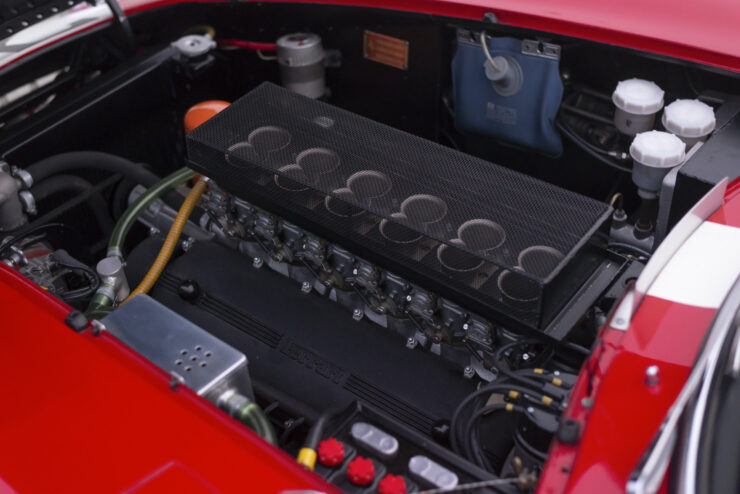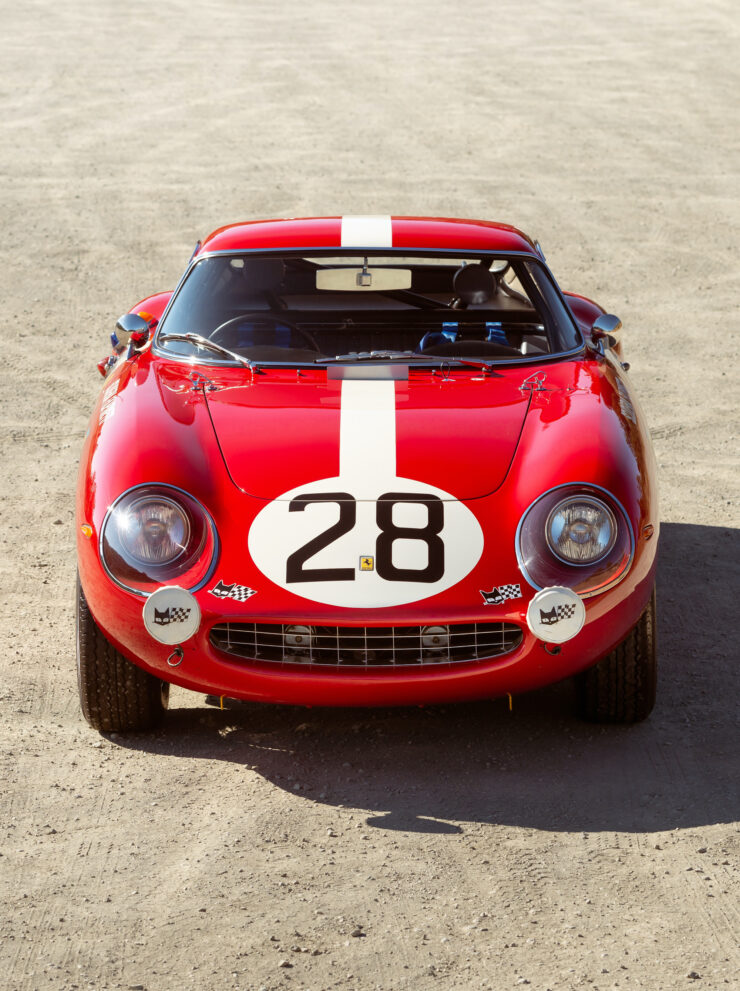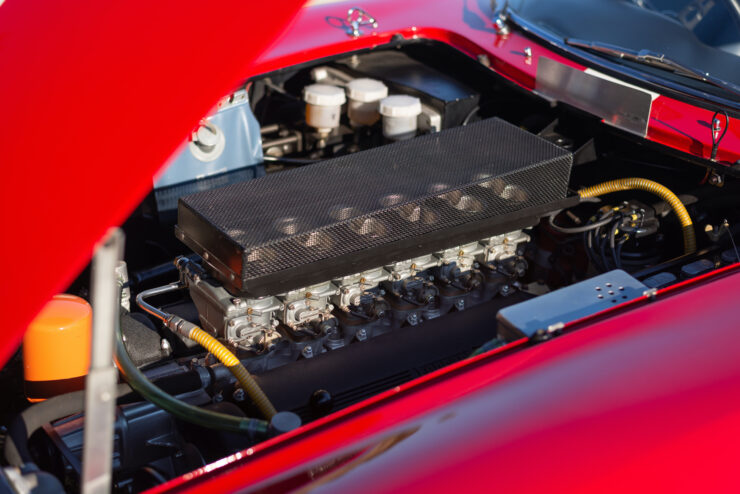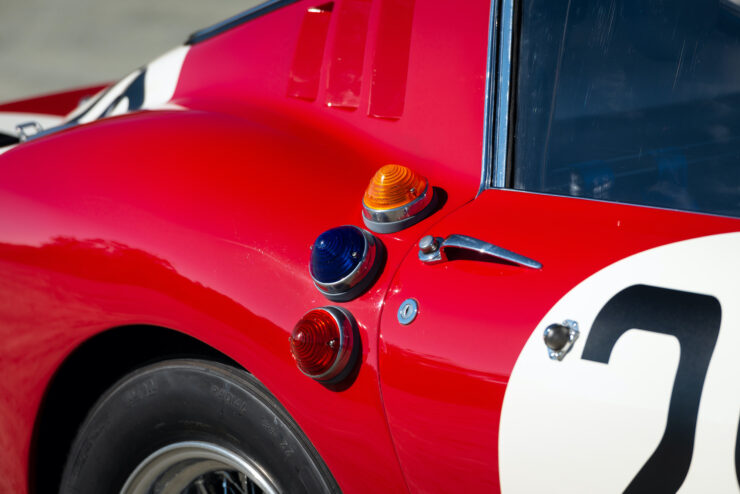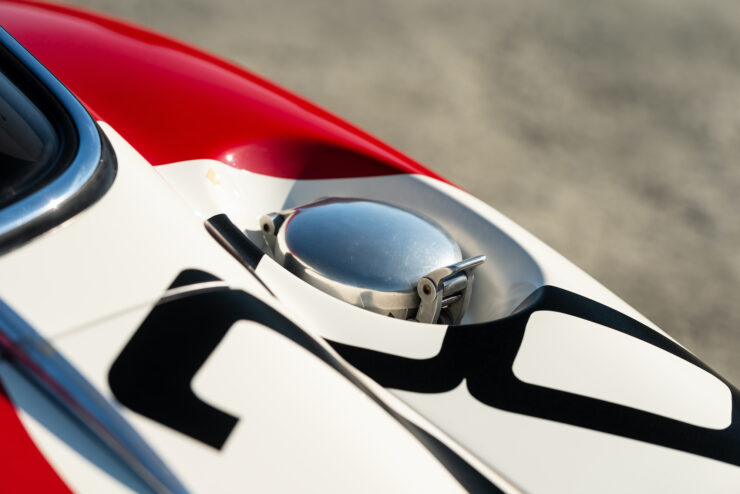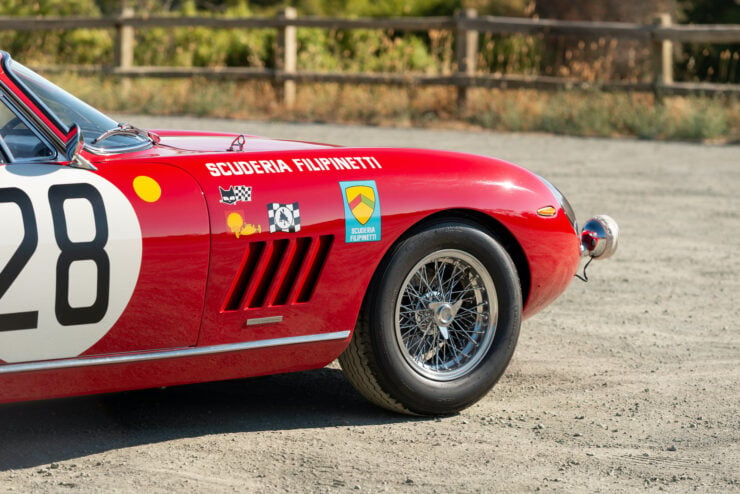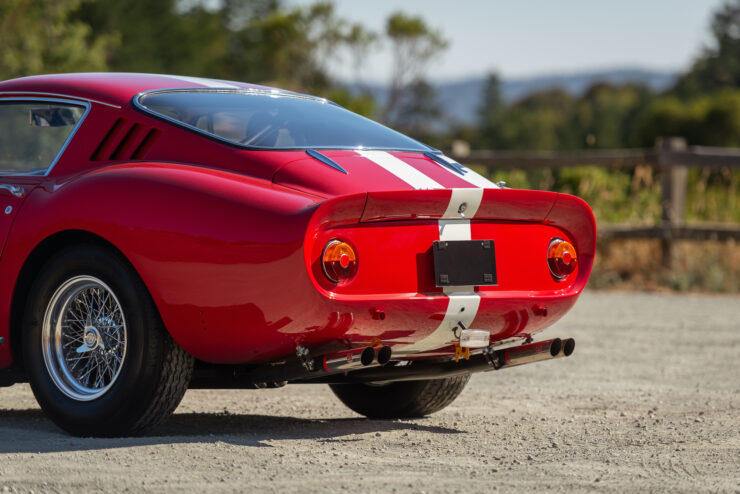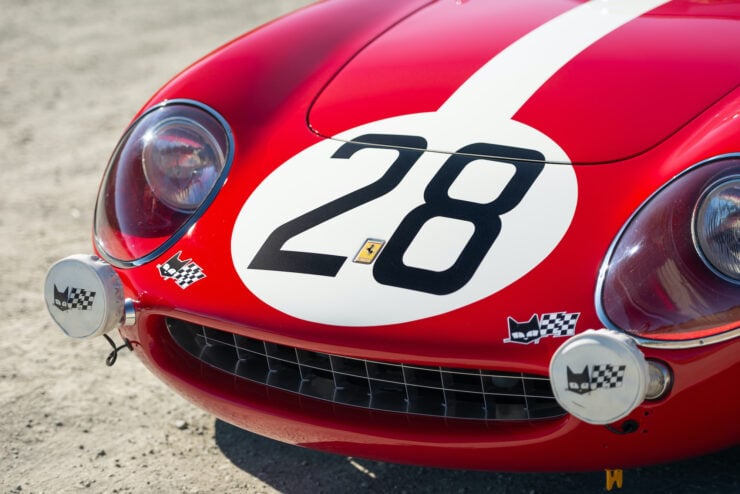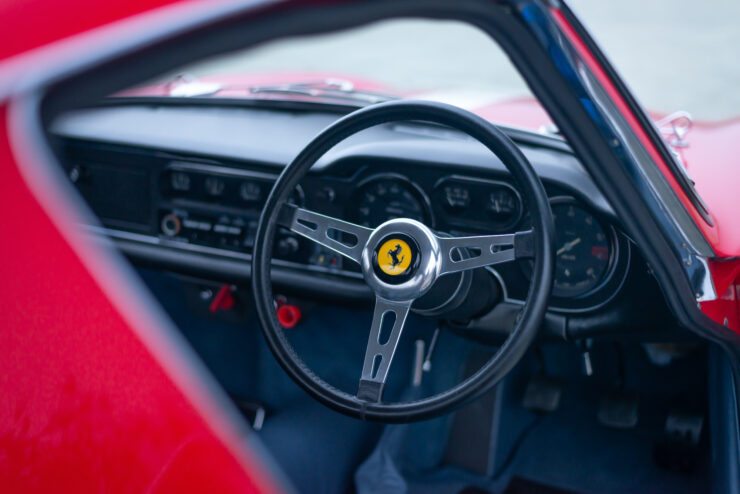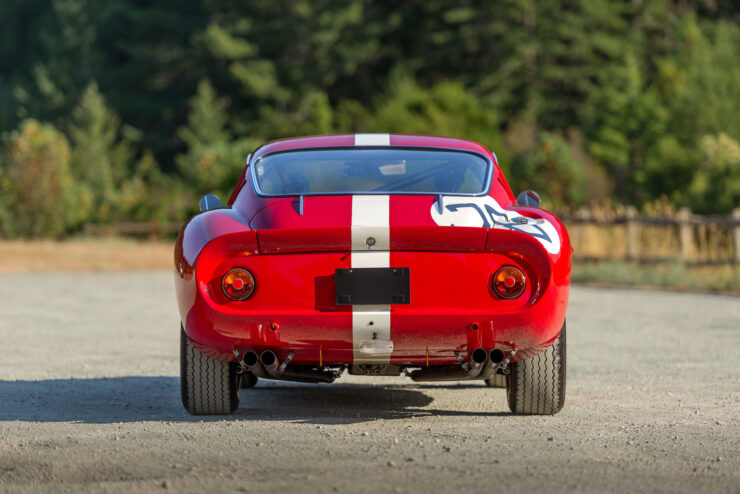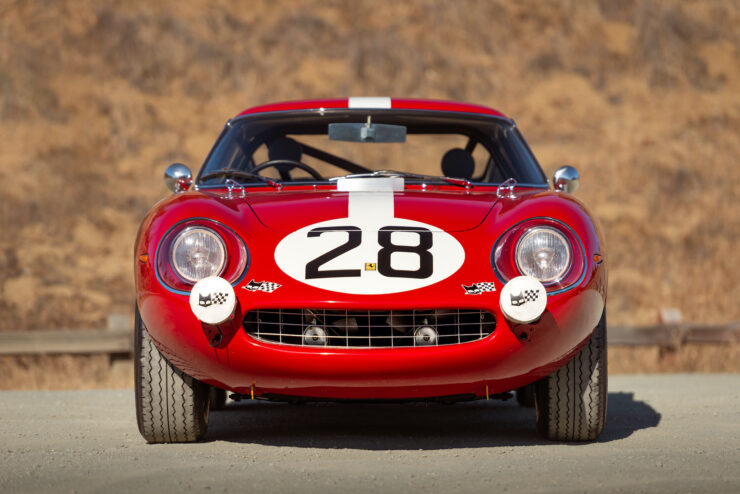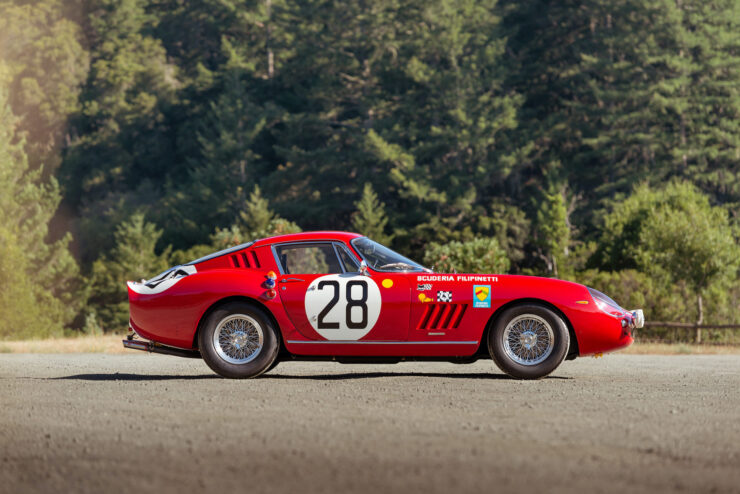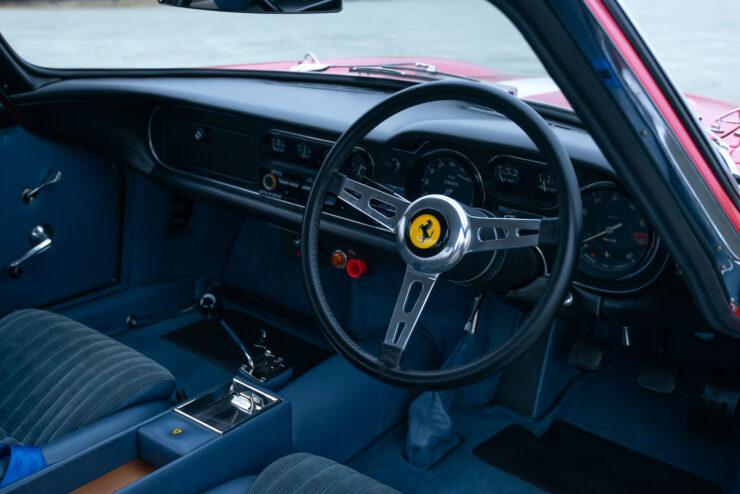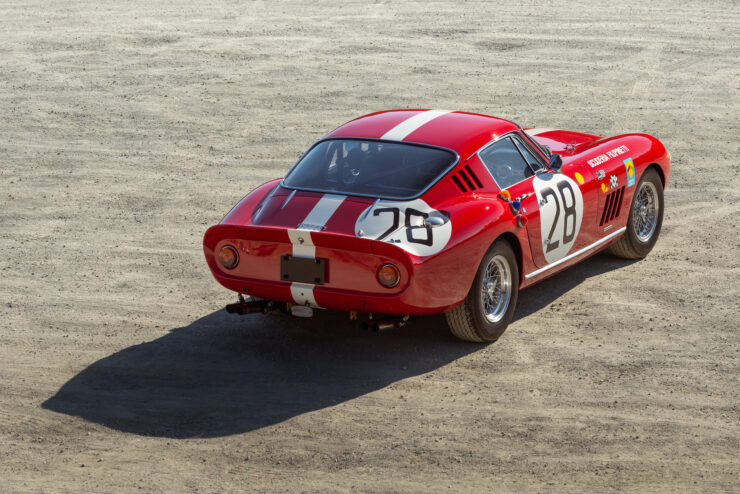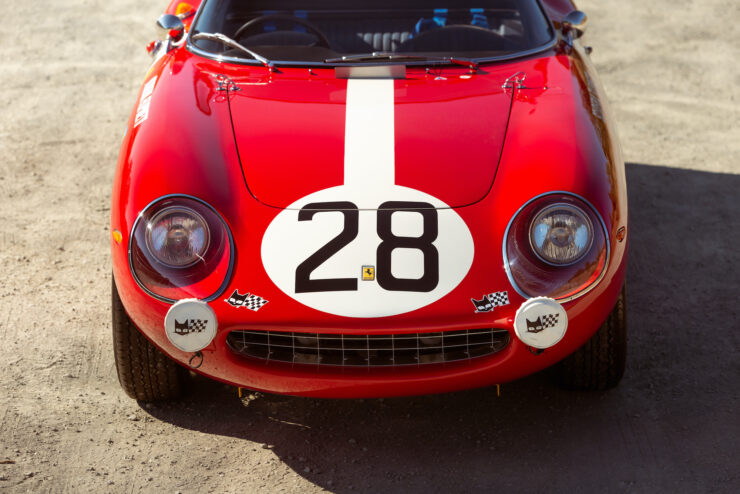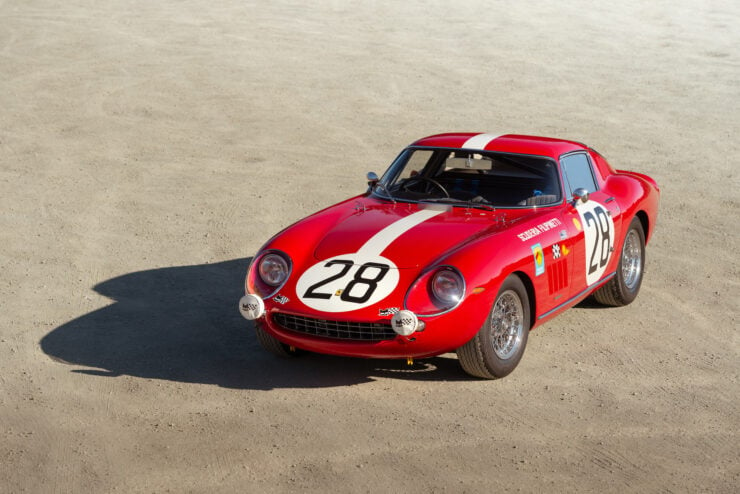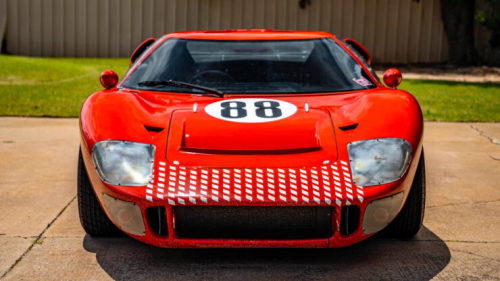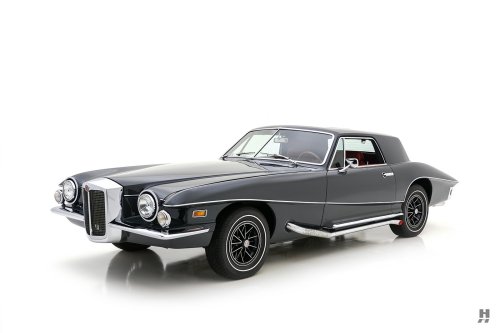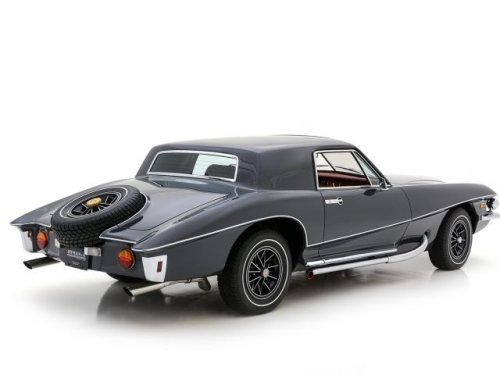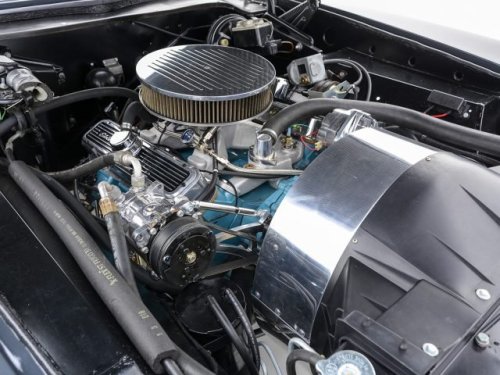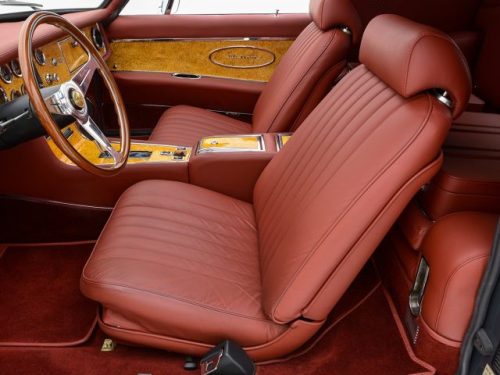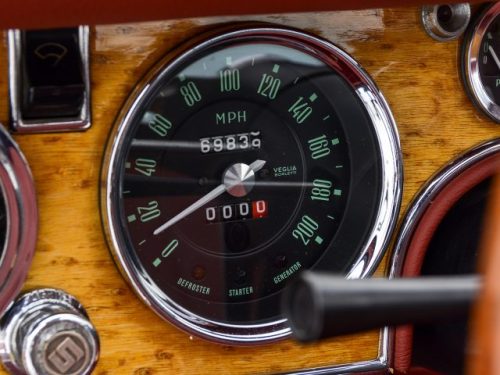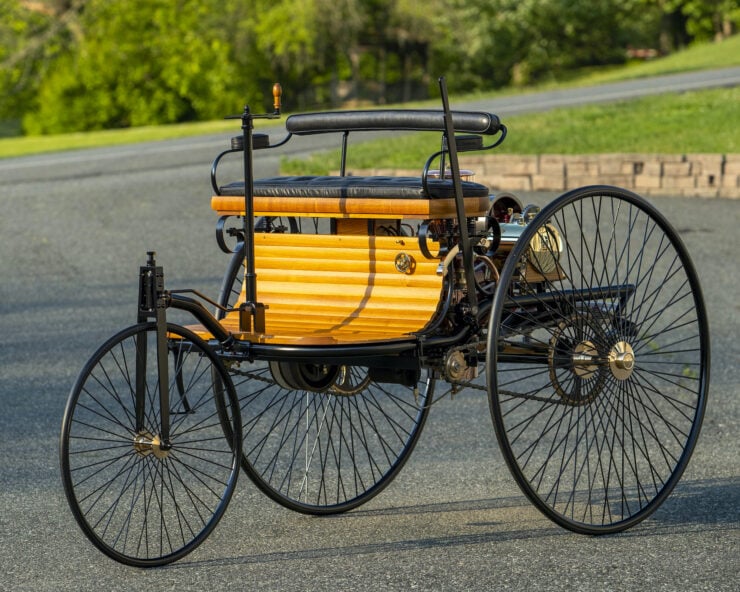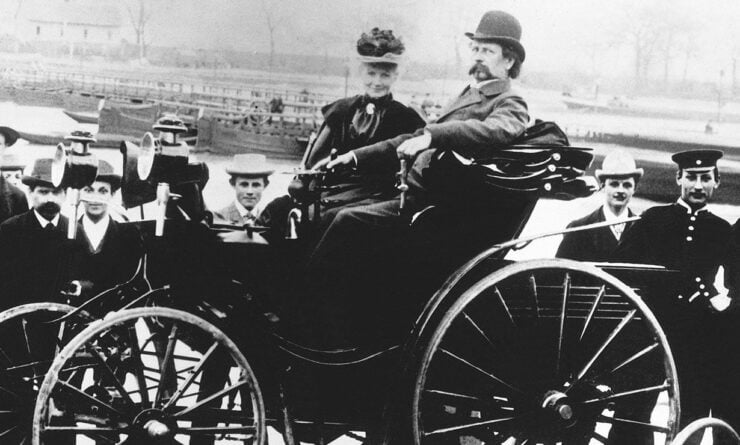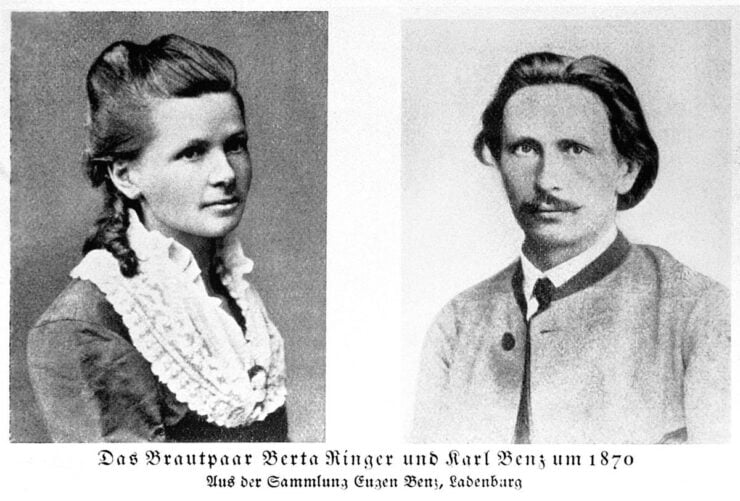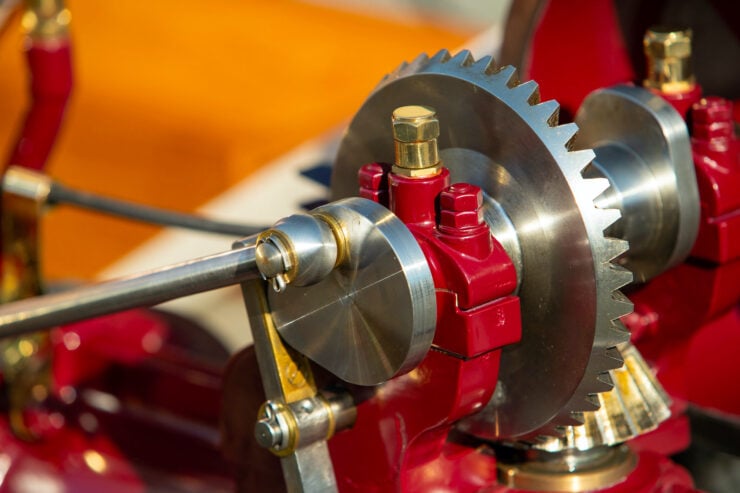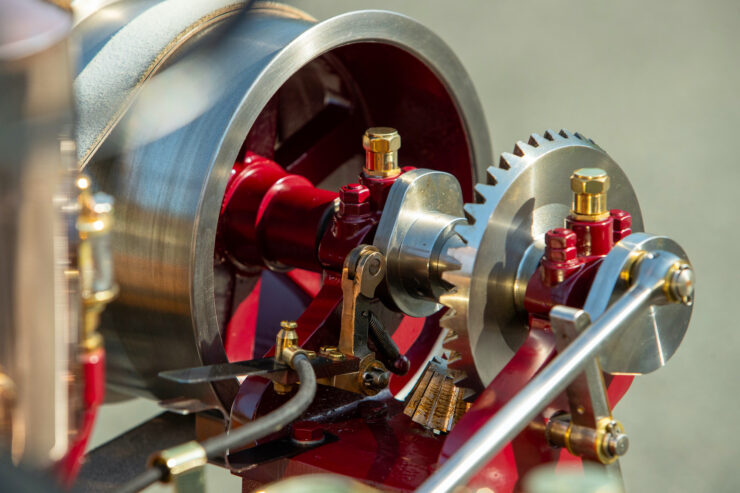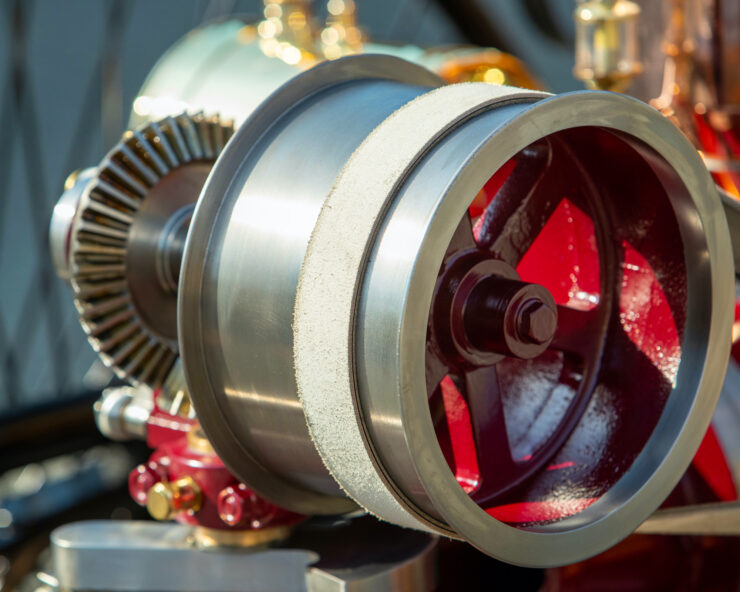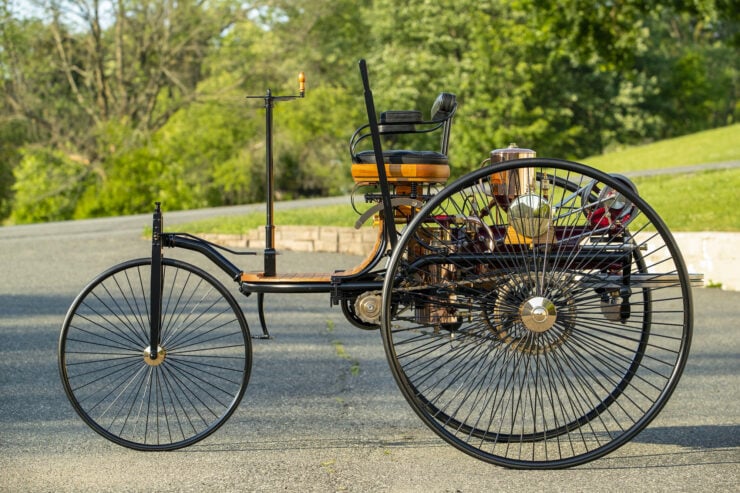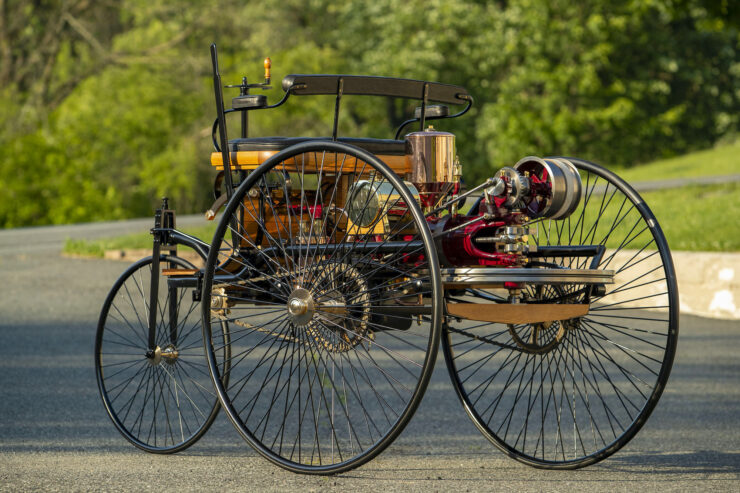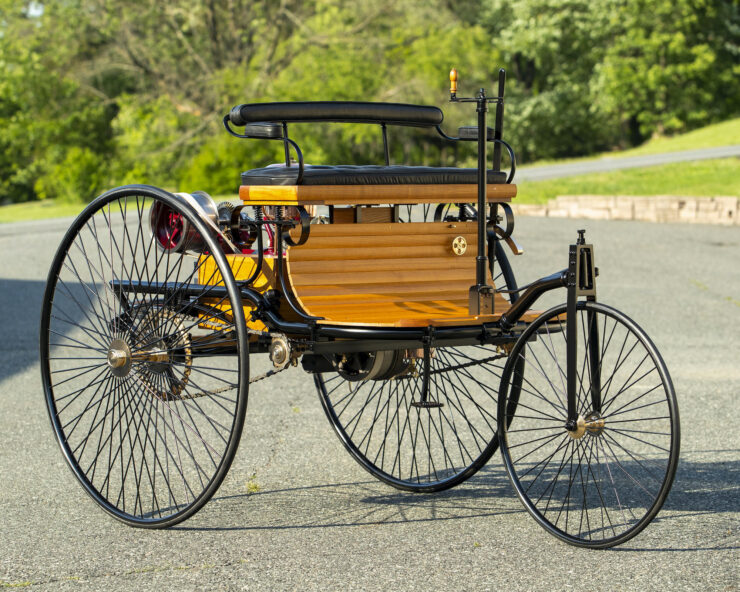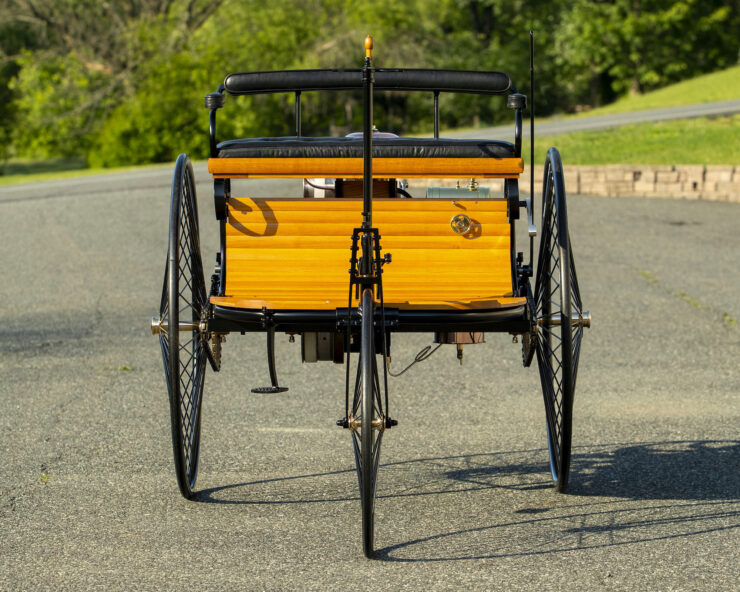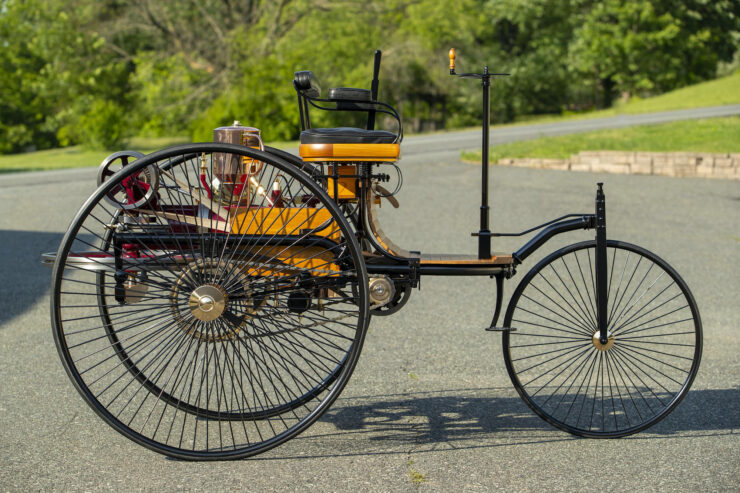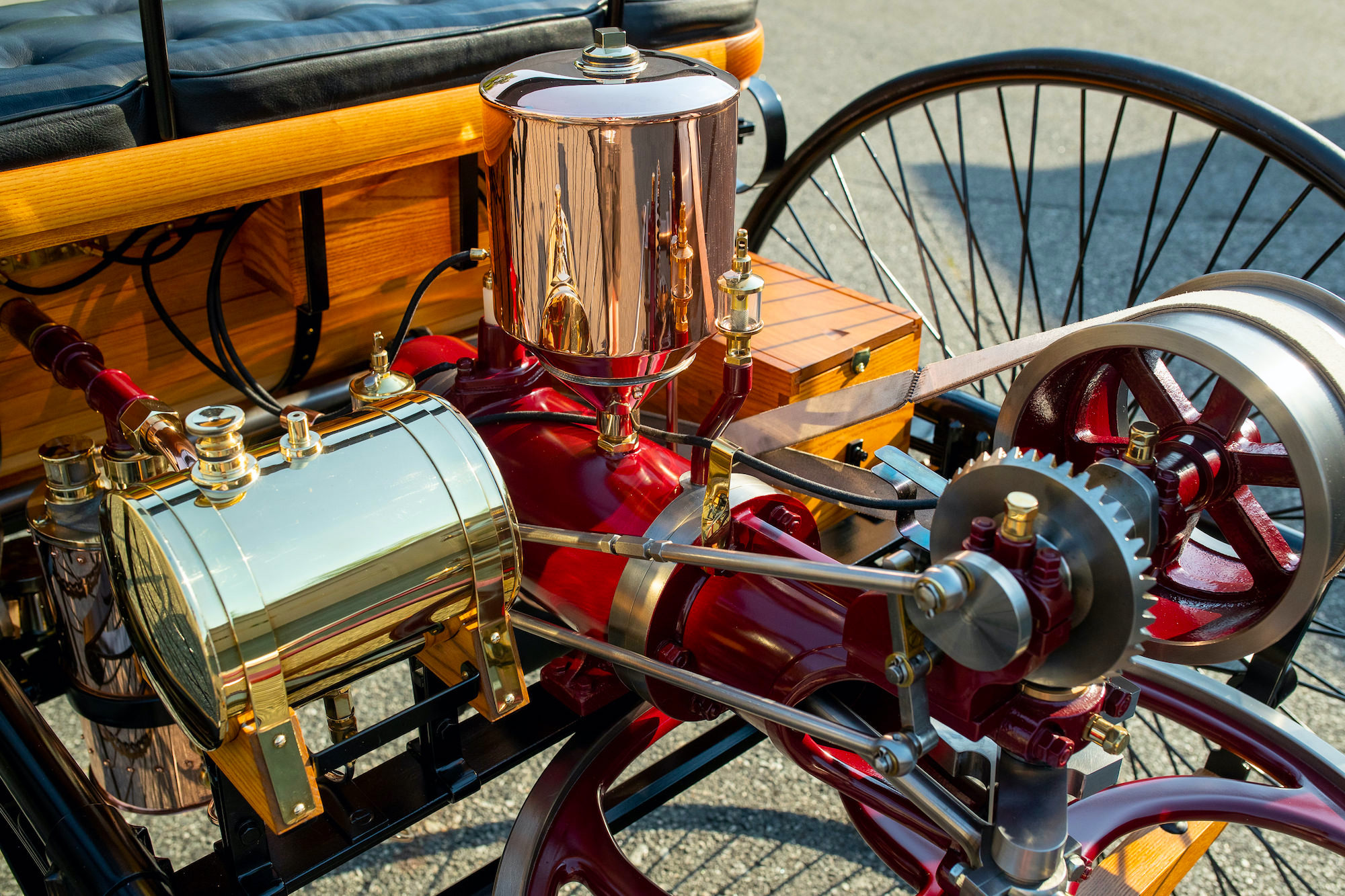The Ferrari 275 GTB Competizione is a car that very nearly never existed, it was hurriedly developed from the standard 275 GTB road car after the FIA refused to homologate Ferrari’s mid-engined 250 LM for GT class racing.
This refusal made perfect sense, as the 250 LM was far more akin to a prototype than a production-based GT class competitor. This left Enzo Ferrari with a dilemma, the Ferrari 250 GTO was too long in the tooth to be competitive and so a new GT class racing car was needed, and it was needed quickly.
Fast Facts
- Many have called the Ferrari 275 GTB Competizione and its siblings the Ferrari 250 GTO 2 due to the fact that this was the car that essentially took over the GTO’s role on the race tracks of the mid-1960s.
- Each competition version of the Ferrari 275 GTB featured a lightweight chassis and a body that was made from such thin aluminum that if a person leant on it it would dent.
- Despite their rapid development cycle the cars proved a major success for Ferrari, winning the GT class at Le Mans three years in a row in 1965, 1966, and 1967.
A New 250 GTO – The Ferrari 275 GTB Competizione
The Ferrari 275 GTB started production in 1964, in Ferrari tradition the model name was derived from the size of a single cylinder and the vehicle’s styling. This car has an individual cylinder capacity of 275cc and it’s a grand touring (GT) car with a Berlinetta body style (a hardtop coupe), so the model name was “275 GTB.”
The 275 GTB represented a significant evolutionary advance over the outgoing 250 GT models, it would be the first Ferrari road car with four-wheel independent suspension, and it had near perfect front/rear weight distribution thanks to the use of a rear-mounted transaxle that helped shift weight backward.
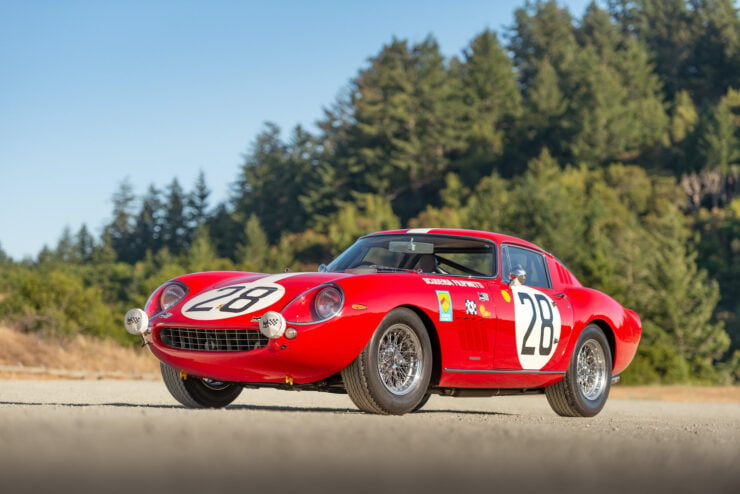
Just 12 examples of this version of the Ferrari 275 GTB Competizione were built, all with lightweight, thin-gauge alloy bodies and 300+ hp Ferrari Tipo 213 Colombo V12 engines.
The ever popular styling of the 275 GTB was completed by Pininfarina and the bodies themselves were built in steel for the regular road cars, and aluminum alloy for specials and competition cars.
Enzo Ferrari had hoped to replace the successful Ferrari 250 LM, a mid-engined supercar that had very little in common with the company’s regular production cars. The FIA had nixed this idea and so Ferrari technical director Mauro Forghieri and his team of engineers set to work creating an all-out racing version of the still-new 275 GTB.
Forghieri first designed a lighter chassis for the car using smaller diameter tubing, the engine was mounted lower and further back thanks in part to it being a dry sump V12 design from the 250 LM, and the body was made from such thin aluminum alloy that just leaning on it would leave a dent.
The engineering team had an understandable obsession with saving as much weight as possible, so the transaxle casing, sump plate, clutch bell housing, and the timing case covers were all cast in lightweight magnesium alloy.
The windshield was a regular production glass unit but all other windows were replaced with Plexiglas. The completed car tipped the scales at just 980 kgs (2,160 lbs), only a few kilograms more than an MGB Roadster.
Back To The Drawing Board
These new 275 GTB competition cars were so light that the FIA refused to homologate them, once again noting that the cars didn’t have a whole lot in common with the production models.
Ferrari engineers went back to work and created a car that would meet the FIA’s demands – building three Speciale 275 GTB competition examples which were officially approved (after some heated debate and Ferrari threatening to abandon racing entirely) and allowed to race.
Not long after the car had been approved it took a class win at the 1965 24 Hours of Le Mans, having proven its mettle Enzo Ferrari signed off on the production of 10 cars for the 1966 season intended for privateer racers who wanted to user them to compete.
These Competizione Clienti cars were much more similar to the standard production GTB, though they did have alloy bodywork, racing fuel fillers, additional body vents for heat dissipation, and larger fuel tanks for endurance racing.
The Arrival Of The Ferrari 275 GTB/C (Competizione)
The final cars built in this series would be the Ferrari 275 GTB/C, of which 12 would be built, these were vastly changed from the earlier competition cars and they incorporated a slew of upgrades as a result.
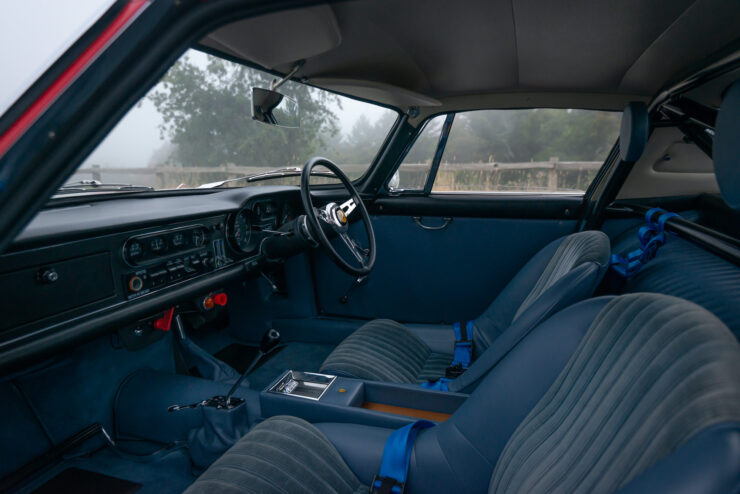
The interior is surprisingly well-appointed for a competition car, with full carpeting and upholstery, and two bucket seats.
The 275 GTB/C, otherwise known as the 275 GTB Competizione, was based on the long-nose variant of the 275, they all featured specially lightened chassis and aluminum bodies that used exceptionally thin sheet metal to save weight. They were fitted with twin 140-liter fuel tanks, alloy floorpans, and like the first generation they used magnesium extensively in castings and other parts to save weight.
Power was provided by the Ferrari Tipo 213 Colombo V12 competition engine capable of 300+ bhp, with a bore/stroke of 77mm x 58.8mm, a compression ratio of 9.5:1, and a single overhead camshaft per bank with two valves per cylinder. The engine was topped with six Weber 40 DCN/2 carburetors and the total swept capacity is 3286cc, or 3.3 liters.
The 275 GTB/C proved to be a significant success for Ferrari, winning a slew of important races including a class win at the 1967 Targa Florio, more class wins at the 1966 and 1967 24 Hours of Le Mans, and outright victory in the 1966 and 1967 Italian GT Championship.
The surviving cars today are worth considerable sums, up to and over $10,000,000 USD, with examples that took race victories in period fetching an understandable premium.
The 1966 Ferrari 275 GTB Competizione Shown Here
The car you see here is one of those final 12 competition variants of the 275 GTB, this is the car that took a class win at the 1967 24 Hours of Le Mans, followed by class wins in the 1969 1000 KM of Spa-Francorchamps, and the 1969 500 KM of Imola.
It’s currently fitted with a six-carburetor high-performance engine and a custom transaxle built by Roelhofs Engineering of The Netherlands, however it comes with the numbers-matching engine and gearbox as part of the sale.
After a restoration in 2018 it’s now optimized for vintage competition, and it will doubtless be welcomed at any event the new owner should wish to attend. It’s now due to pass across the auction block on the 13 of August with a price guide of $8,000,000 – $10,000,000 USD and it’s Ferrari Classiche Red Book certified.
If you’d like to read more or register to bid you can click here to visit the listing on RM Sotheby’s.
Images: Robin Adams ©2021 Courtesy of RM Sotheby’s
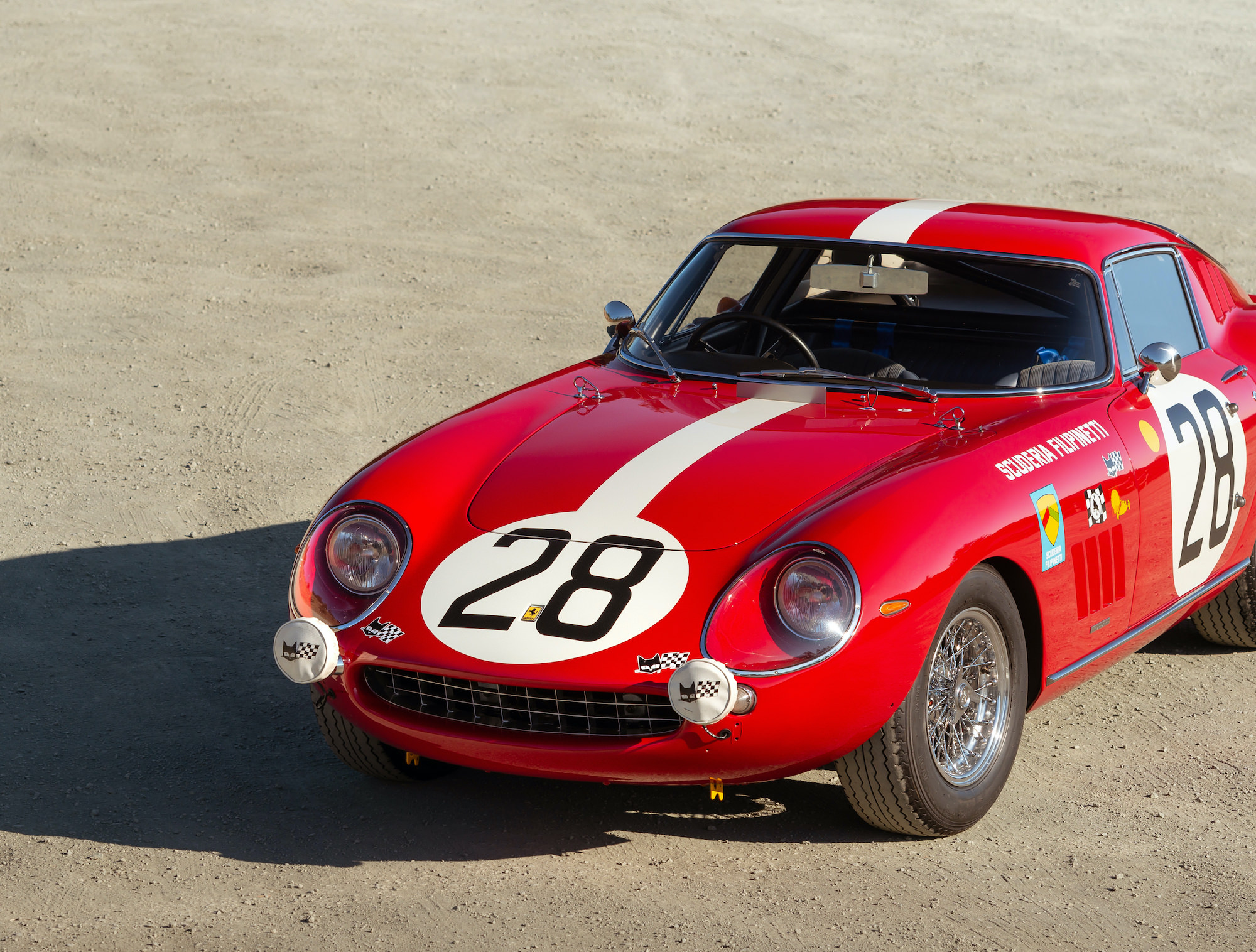
The post A Rare $8 Million Dollar Track Weapon: The Ferrari 275 GTB Competizione appeared first on Silodrome.
from Silodrome https://silodrome.com/ferrari-275-gtb-competizione/
via gqrds
